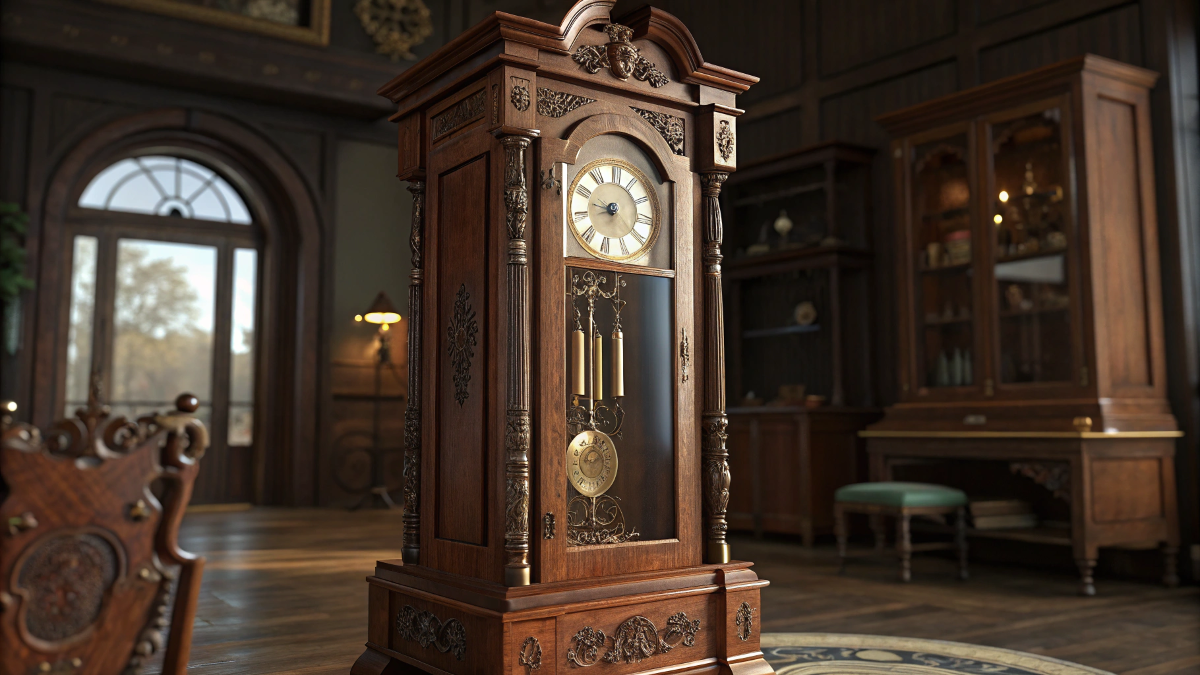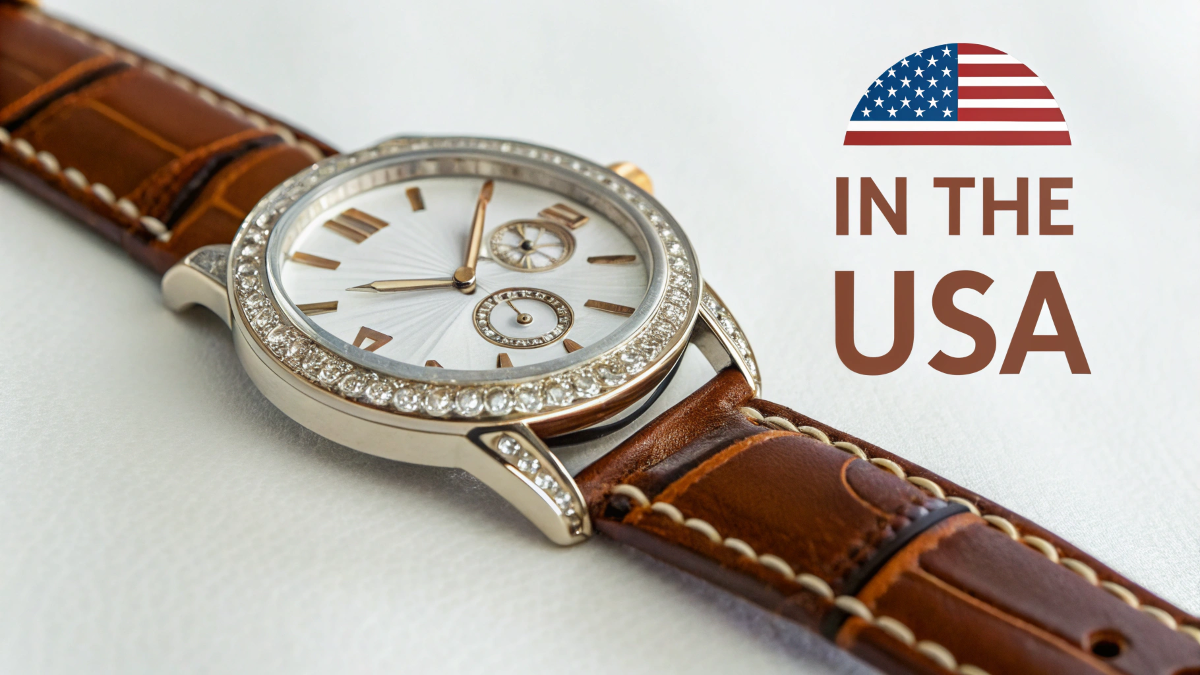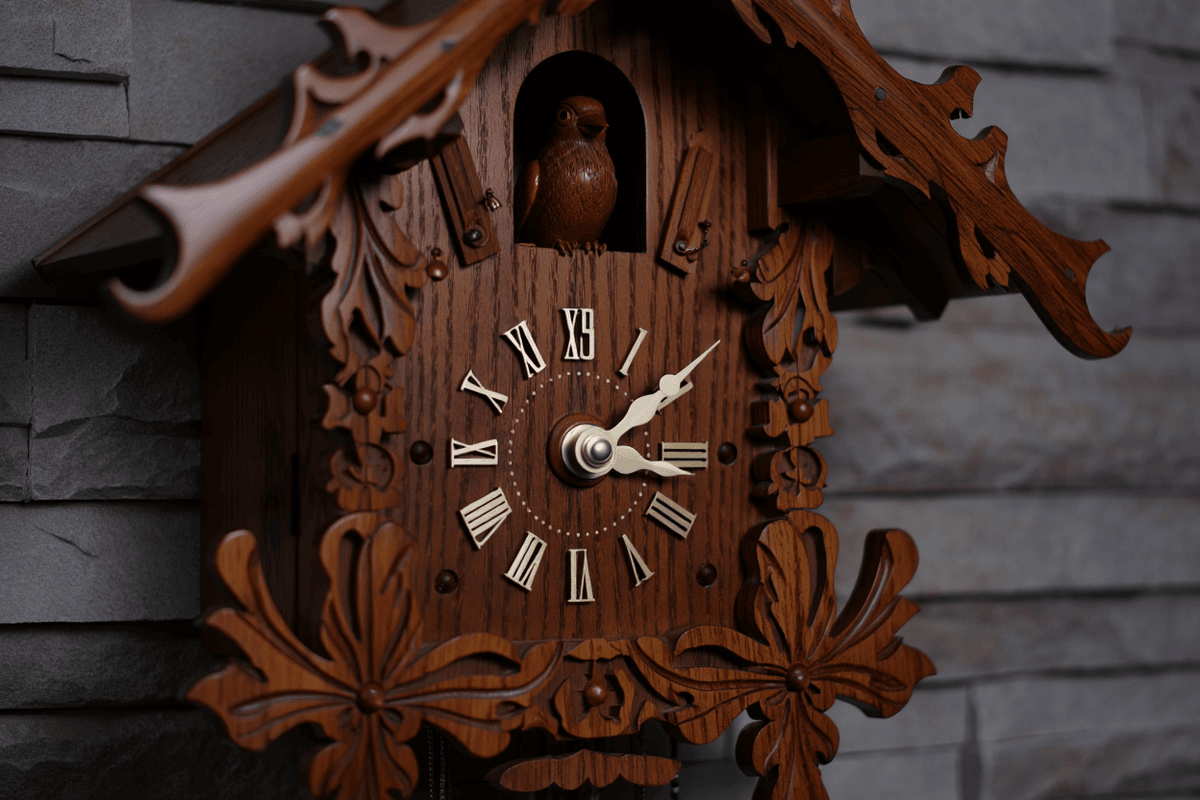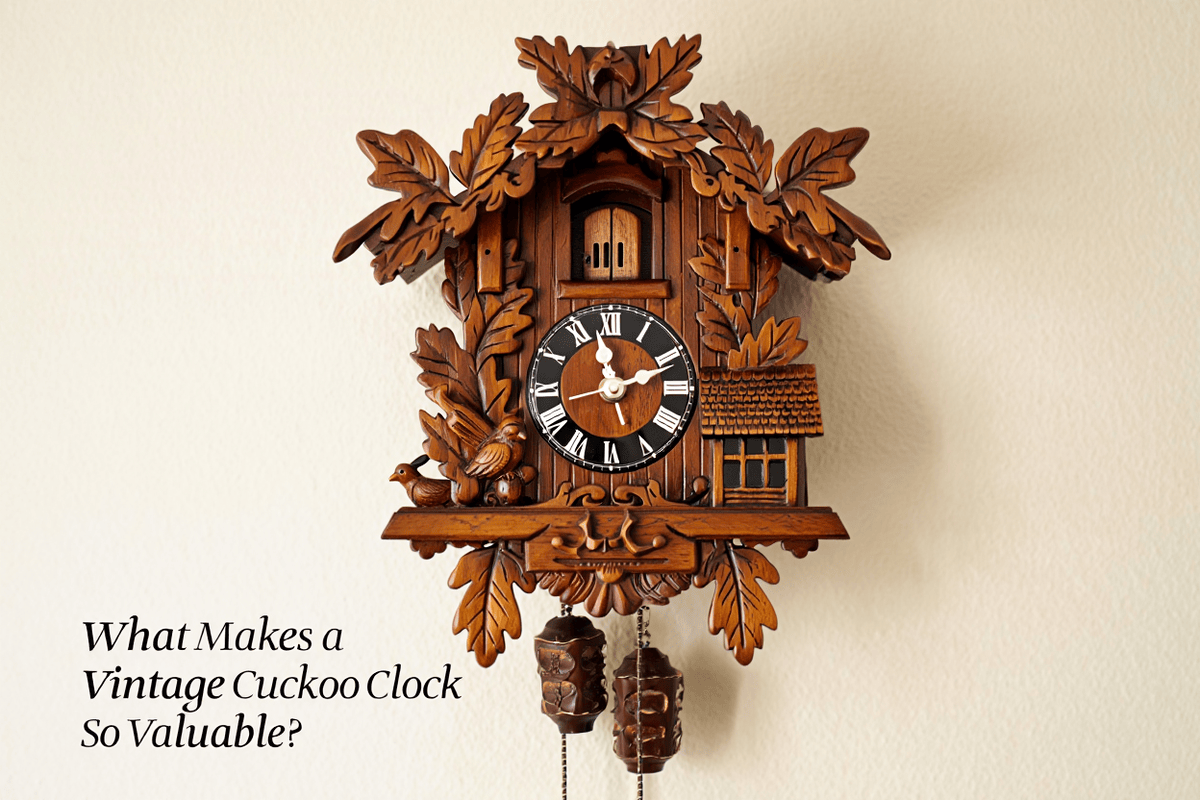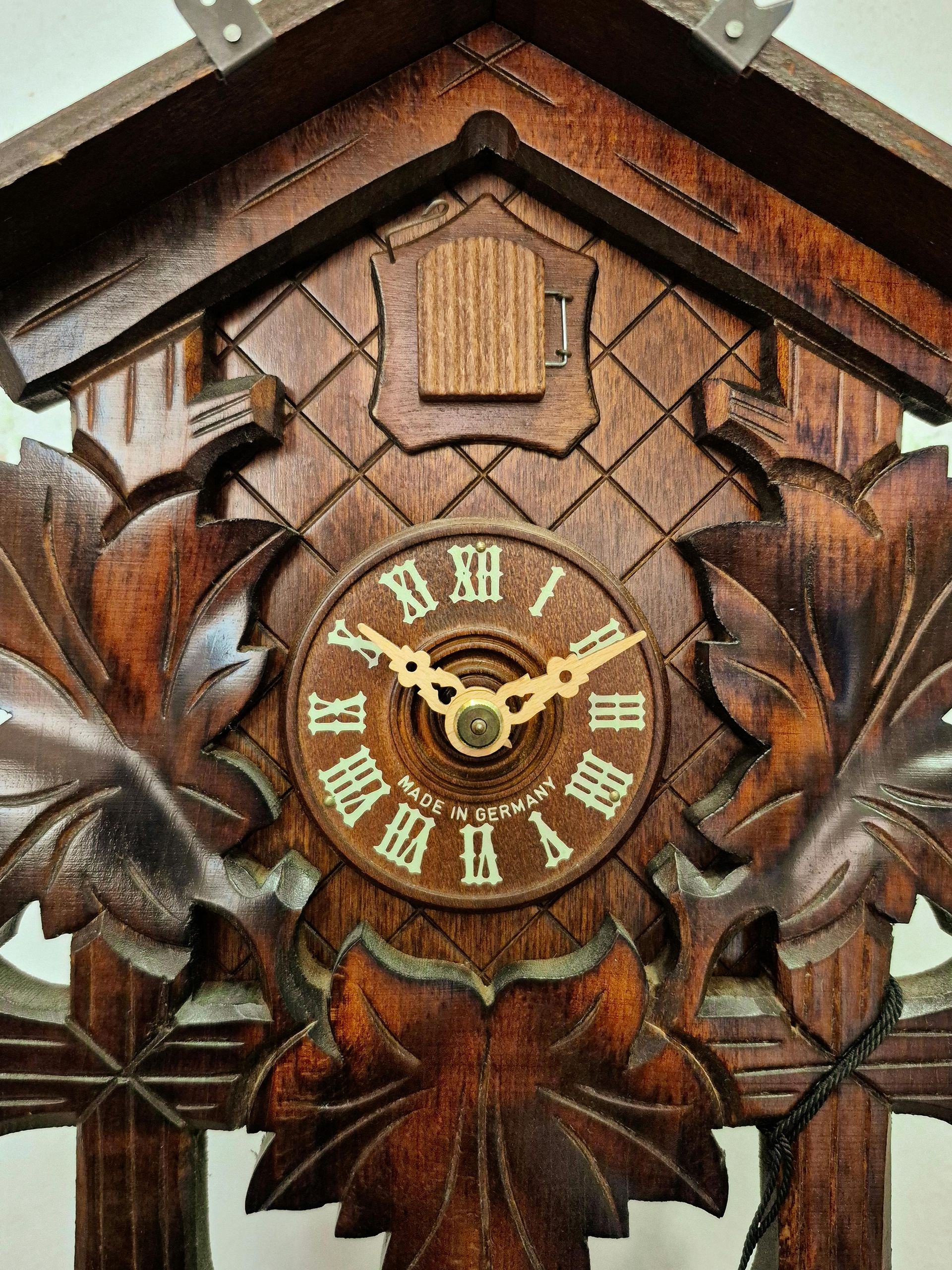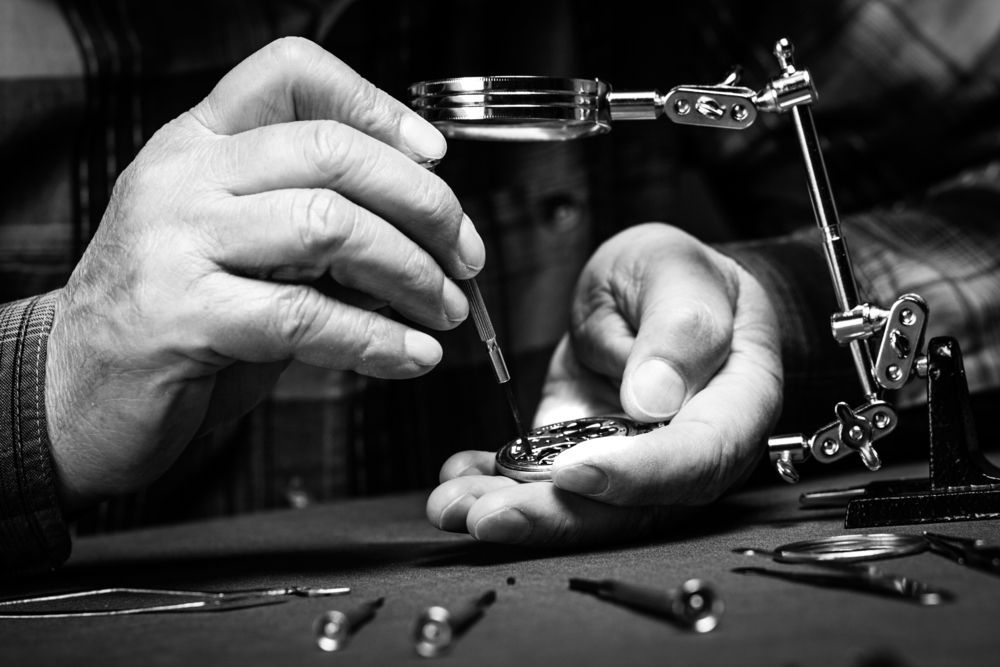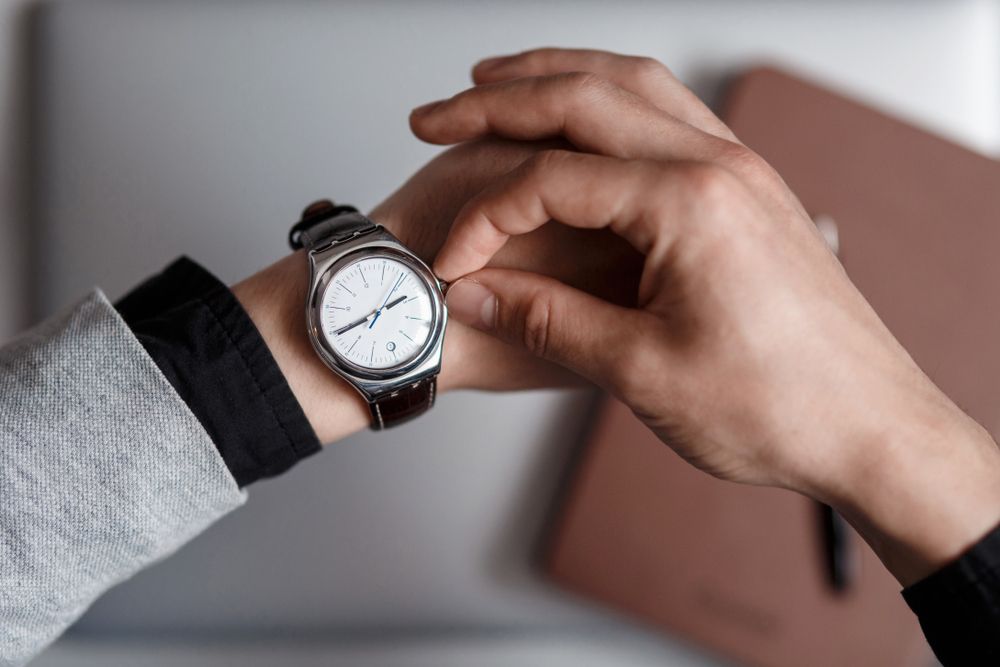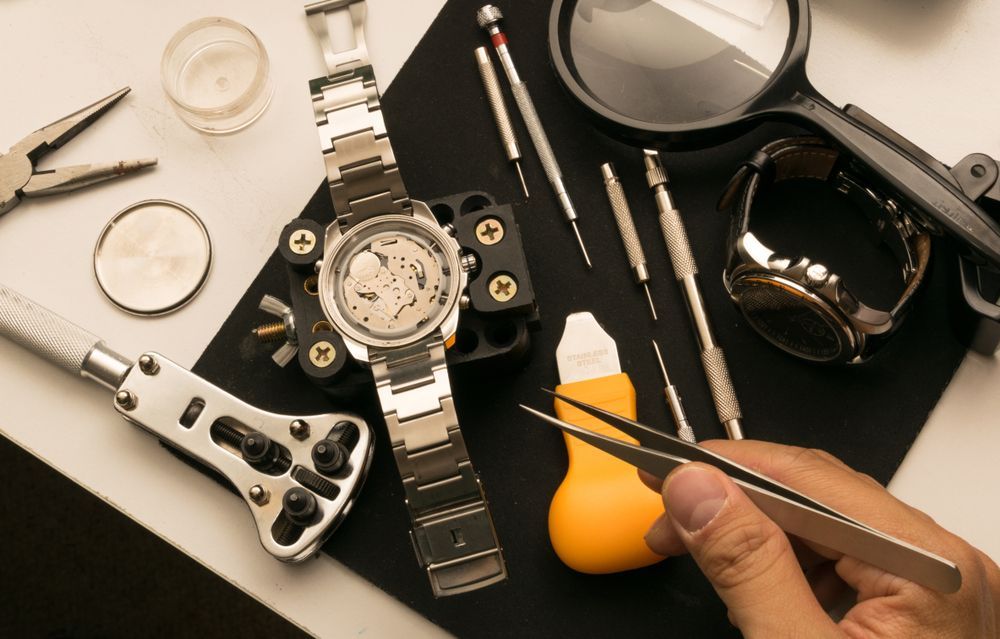Movado Watch Repair: How to Fix Common Issues
Movado Watch Repair: How to Fix Common Issues
Movado watches are the epitome of minimalist luxury. Known for their iconic Museum dial and streamlined designs, they blend art with functionality. But like any precision timepiece, even a Movado can face wear and tear over time. Whether you're dealing with a dead battery, condensation under the crystal, or an unresponsive movement, understanding the essentials of
Movado watch repair can save time, money, and frustration.
Common Problems with Movado Watches and How to Fix Them
Movado watches may appear simple on the outside, but internally, they are intricate devices. Here are some of the most frequent issues and what they typically mean:
1. Watch Has Stopped Running
The most common reason a Movado watch stops is a depleted battery. Most Movado watches are powered by a quartz movement, which uses a battery that generally lasts 1 to 3 years. If your watch has stopped ticking entirely, it's often a sign that it's time for a battery replacement.
Solution: Replace the battery through a professional like Chicago Clock Company. While some owners attempt DIY battery swaps, improper handling may damage the case back or the internal movement.
2. Condensation Under the Crystal
If you notice moisture forming inside the crystal, it's a sign that water has entered the case. While many Movado watches are water-resistant to some degree, they are not fully waterproof. Activities such as swimming, showering, or exposing the watch to high humidity can lead to water ingress.
Solution: This requires immediate professional servicing. The watch should be opened, dried thoroughly, resealed, and pressure-tested to ensure it is watertight again.
3. Crown Not Responding or Loose
A loose or unresponsive crown (the knob used to set the time) may indicate a damaged crown stem or wear on internal gears. If the crown spins freely or pulls out without resistance, the watch will need inspection.
Solution: Seek repair from a trained technician. Crown and stem replacements are delicate jobs that require disassembly of the case.
4. Scratched Crystal or Case
While many Movado watches use sapphire crystal—a durable, scratch-resistant material—it's not entirely impervious to damage. The case, especially if it's gold-plated or stainless steel, can also show wear over time.
Solution: Professional polishing can often remove light scratches from the case. For deeper scratches on the crystal, replacement may be necessary.
5. Watch Is Running Fast or Slow
Quartz watches are known for their accuracy, but if your Movado is gaining or losing time, there may be a problem with the movement, battery, or even magnetic exposure.
Solution: Recalibration may help, but in some cases, a movement cleaning or replacement is required. A watch technician can diagnose this with proper testing equipment.
When to Seek Professional Movado Watch Repair
While minor fixes can be done at home, there are several situations where professional help is essential:
1. Water Damage
Any sign of water intrusion—foggy crystal, rust, or irregular timekeeping—warrants immediate attention. The longer the moisture stays inside, the more likely it is to corrode delicate components.
2. Movement Problems
If the watch skips seconds, ticks erratically, or stops even with a fresh battery, the internal quartz movement may be faulty. Movado's movements are finely tuned and require precise calibration.
3. Cosmetic Restoration
For high-end models, case and bracelet restoration should be left to experts to avoid further damage. A professional can polish, replate, or replace parts with original components.
4. Battery Replacement for Sealed Cases
Many Movado watches feature a snap-on or screw-in back designed to be opened with special tools. Trying to pry open the case without the proper equipment may damage the gasket seal, compromising water resistance.
5. Vintage Movado Repair
Older or discontinued Movado models require even more care, as parts may be rare. Only experienced horologists or authorized service centers should handle vintage models.
DIY Fixes for Minor Movado Watch Issues
Some small issues don't necessarily require a visit to the repair shop. Here are a few DIY approaches—if you're confident and careful.
1. Cleaning the Watch
Use a soft microfiber cloth to wipe away dirt and smudges. For metal bracelets, use a slightly damp cloth or soft toothbrush with mild soap. Avoid soaking the watch or letting water touch the dial or case back.
2. Setting the Time and Date
Make sure to pull the crown out gently to the correct notch. Movado watches usually have two positions: one for date adjustment and one for time setting. Never change the date between 9 p.m. and 3 a.m., as this can interfere with the date-changing mechanism.
3. Swapping Watch Straps
If your Movado has a strap with spring bars, you can swap it using a spring bar tool. Just be sure to use the correct size strap and reinstall the bar securely.
4. Battery Testing (Non-Invasive)
If your watch has stopped and you suspect a dead battery, you can test it with a watch tester or multimeter, but it's still advisable to have a pro handle the battery replacement.
Note: DIY fixes are great for cosmetic or strap-related tasks, but avoid opening the case or touching the movement unless you are skilled in watch repair.
Where to Find Authorized Movado Repair Services
When your Movado requires more than a basic fix, it's crucial to choose a qualified repair center. Here's how to find one:
1. Local Horologists and Watch Technicians
Independent watch repair shops often offer a high level of care, fast turnaround times, and personalized service. Just make sure they have experience with luxury watches.
2. Jewelry Stores with Watch Departments
Some higher-end jewelry stores offer Movado repair services, especially if they are authorized Movado retailers. Before proceeding, ask about certifications, warranties, and part authenticity.
3. Mail-In Services
Certain repair companies offer insured mail-in services for battery replacement, polishing, or movement repair. Ensure they have a solid reputation and good customer service.
4. Reviews and Reputation
When in doubt, check online reviews, testimonials, or Better Business Bureau ratings. Look for businesses that specialize in luxury watches and have been around for a while.
How to Maintain Your Movado Watch for Longevity
To keep your Movado in pristine condition for years to come, follow these expert maintenance tips:
1. Regular Battery Changes
Don't wait until the battery is fully drained. Replace it every 1-2 years to prevent battery leakage that can damage the movement.
2. Avoid Water Exposure
Unless your Movado is specifically rated for water resistance, avoid showering, swimming, or washing your hands while wearing it. Even water-resistant models should be tested every year.
3. Service Every 3–5 Years
A full professional service includes movement cleaning, gasket replacement, and pressure testing. This preventative maintenance ensures continued performance.
4. Keep It Away from Magnets
Magnets from phones, speakers, or even handbags can affect the accuracy of a quartz movement. Store your Movado away from electronic devices.
5. Store Properly
When not in use, keep the watch in a padded case or the original box. Avoid leaving it in direct sunlight or in a humid environment.
6. Clean Regularly
A quick weekly wipe-down can keep your watch looking sharp. For deeper cleaning, schedule a professional detailing service.
Trust the Experts at Chicago Clock Company
When it comes to Movado watch repair, trusting your timepiece with a skilled professional is essential for ensuring precision, longevity, and peace of mind. Whether your watch needs a new battery, internal movement service, water damage inspection, or a simple strap change, Chicago Clock Company has you covered.
With decades of experience in horology, we offer:
- Expert Movado watch repair and servicing
- Watch battery replacement while you wait
- Polishing, cleaning, and case refinishing
- A full range of sales and timepiece accessories
- Free estimates with no obligation
Don't risk your investment with a generic repair shop. Choose Chicago's most trusted name in timekeeping.
Call now to schedule your appointment or walk in for a free estimate today!


